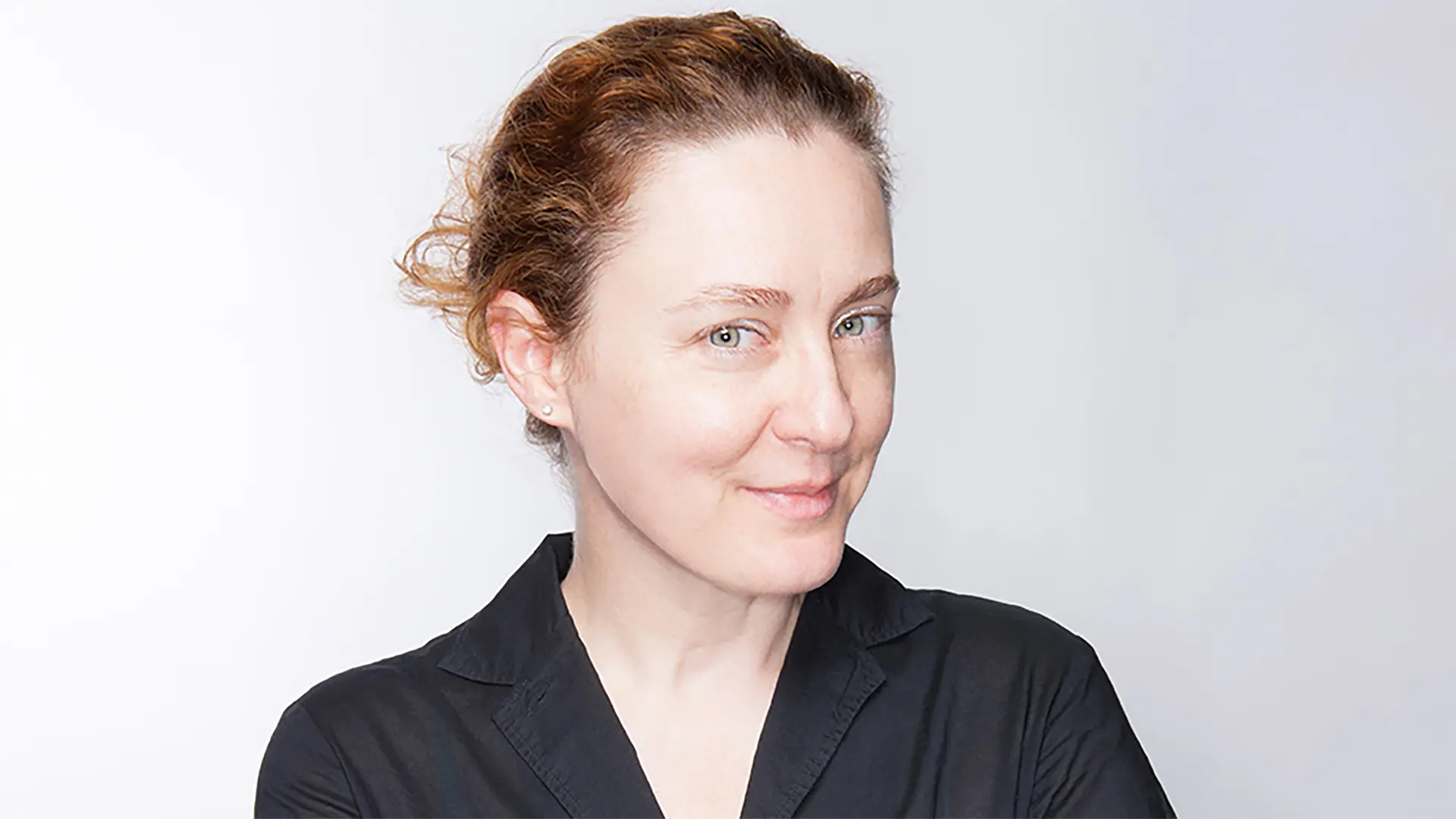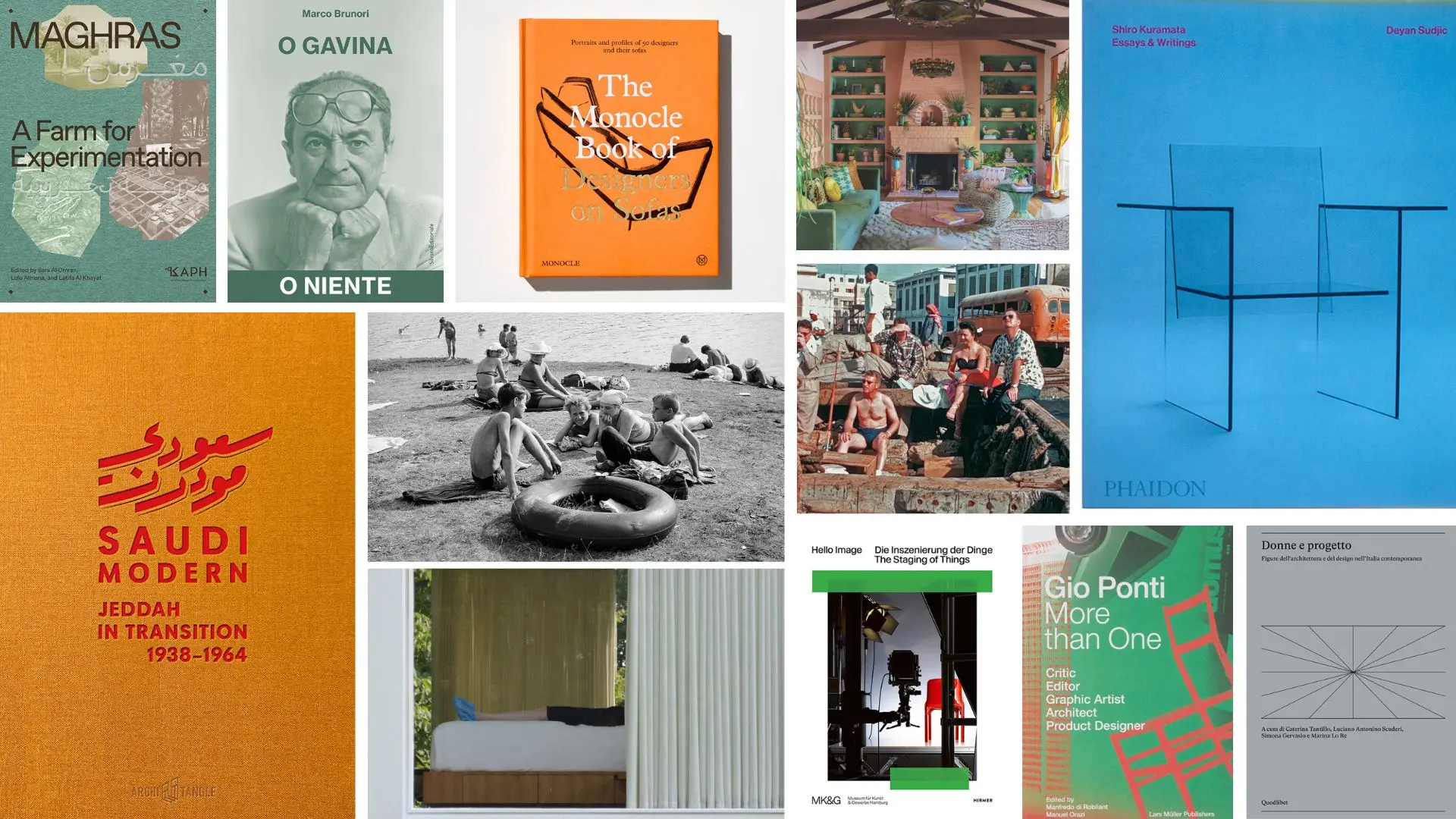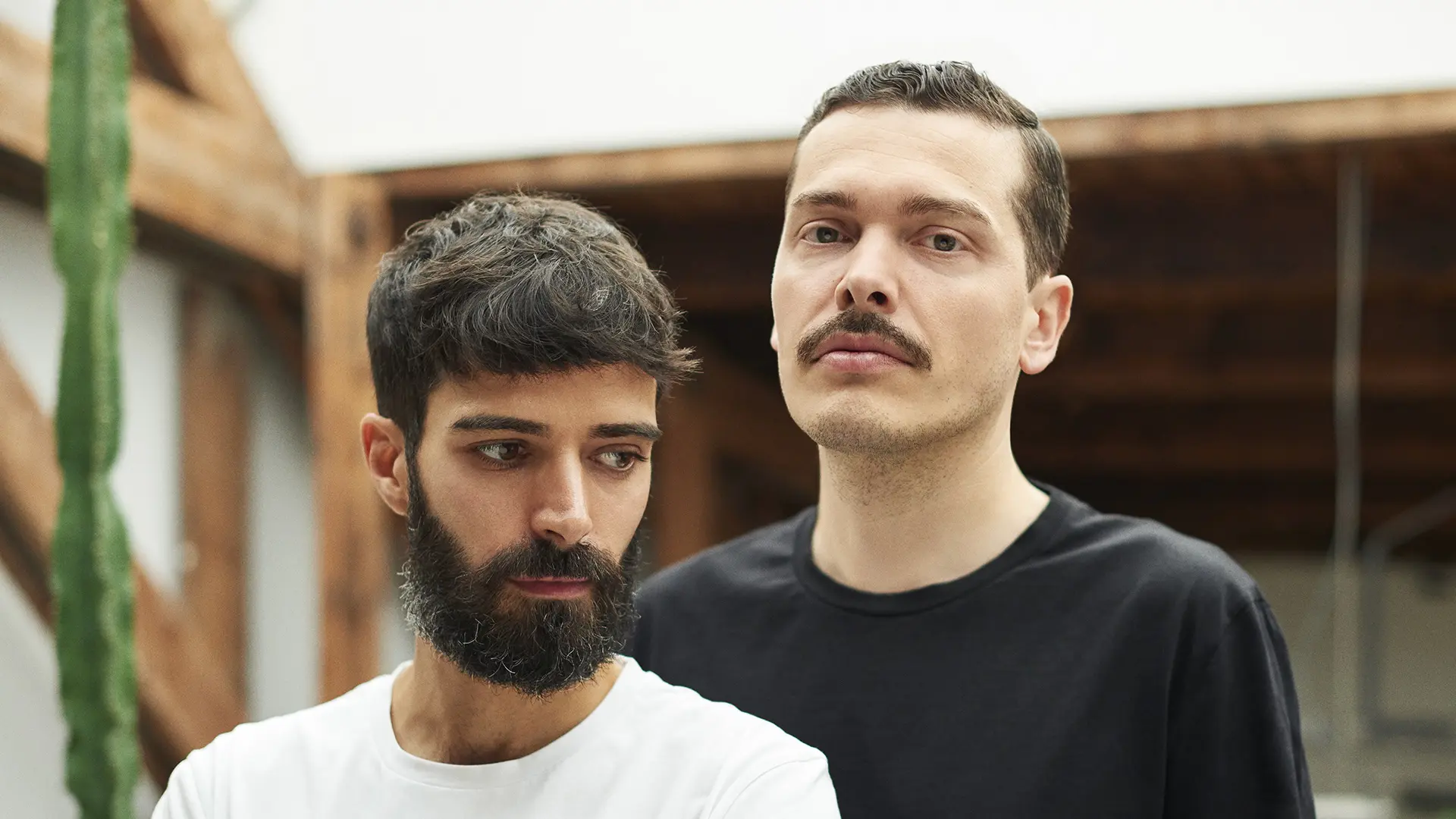A journey through women’s interior design, three iconic monographs and the links between design, photography and marketing, up to the transformation of Jeddah, social innovation and a reportage by Branzi and... 50 designers on the sofa
Maria Cristina Didero’s Open Talks are guided by a people-centred approach

“Design is all about people, not chairs,” says the curator of the packed programme of meetings at Supersalone. She talks to us about the concept behind a collective and ambitious project.
“Design is about people, not about chairs” has long been the mantra motivating design curator, consultant and author Maria Cristina Didero. From her work with brands like Vitra, Fritz Hansen and Fendi to curating exhibitions on some of the most interesting designers working today - nendo, Snarkitecture and Carlo Massoud, to name a few - she has always centred people in her approach to uncovering the narratives that define contemporary design. This is why she was the natural choice to lead the Open Talks program at this year’s supersalone, a vibrant roster of conversations, lectures and round tables that will take place each day at the Fiera. “When Stefano [Boeri] told me about the concept for this special event, I was totally charmed,” she says of the project. “It was very much about inclusivity, connecting people and bringing them back to the fairground.”
Didero has gathered a diverse group of presenters from a variety of creative fields to fill the five-day schedule. There will be discussions on contemporary art and design — featuring talks with curator Hans Ulrich Obrist, artist Carsten Höller and the next curator of the Venice Biennale, Cecilia Alemani — and on sustainability, including a conversation between General Director of Acqua S.Bernardo Antonio Biella and journalist Edoardo Ceriani on the future of water. Presenters such as chefs Davide Oldani, Matias Perdomo and Cristina Bowerman will dive into the connection between food and creativity, while historian Manuel Orazi and photographer Paolo Rosselli will share their perspectives on the work of Milanese master Gio Ponti. “The idea was to allow people beyond the industry the opportunity to hear the most interesting voices working together on an international creative platform,” Didero says of her guiding principles in organising the events.
We spoke with Maria Cristina Didero on her plans for the Open Talks program.
What was your curatorial approach to the project?
We wanted to bring together international voices, but not all of the same background. We didn’t want all architects or all designers; we wanted to mix up the guests we invite. For example, we have representatives from the world of food, like Davide Oldani, who is one of the most interesting chefs in Italy. Then we have people like architect, Pritzker Prize winner and former Venice Biennale curator Alejandro Aravena. So the idea is to tell a story about design and creativity from many different angles. Then because the format itself, conceived by Stefano, is open to everybody, we called it Open Talks.
Tell me about some of the different talks we can expect to see.
There are three different kinds of meetings. We have lectures, we have interviews, we have what we call The Talks, which are basically round tables, and we have what would be considered experiences — opportunities for knowledge sharing between industries. For example, we have a whole part dedicated to food and design and we have invited the CEO of Ca’ del Bosco, who makes amazing wine, to talk about their experience and their know-how.
For the lectures, we have great masters like Aravena and Michele De Lucchi, who will talk about their approach to their profession. Then we have the interviews, which were conceived to make the guests feel at ease. For example, we have matched Humberto Campana with Cristina Morozzi, who is not actually just a journalist but one of the best friends of Humberto. So we thought putting them on stage together and having Cristina bomb him with questions would be something interesting. We wanted it to be the kind of conversation you have with an old friend.
What are some of the topics you’ve posed?
The talks program will delve into some of the bigger issues facing the industry. They are very interesting because we will have a moderator and two or three guests. One I can mention is called ‘Who Can Say No To Education?’ which we thought was a little bit ironic. That will be with Anniina Koivu who is interviewing Beatriz Colomina, who is a professor at Princeton, Anthony Dunne from Central St Martins in London and Aric Chen, who is at the Het Nieuwe Instituut institute in Rotterdam and has taught at the Tongji University university in Shanghai. All names that are experts in their own field. Another talk is ‘Women Within Institutions,’ which features three women who have important roles in institutions. One is Lilli Hollein, who was just appointed Director of the MAK Museum of Applied Arts in Vienna. Another is Alexandra Cunningham Cameron from the Smithsonian in New York and the other one is Tulga Beyerle, Director of the Museum für Kunst und Gewerbe in Hamburg. The idea was to have a man interview them, so we called Tony Chambers, who is a Design Consultant and former Editor in Chief of Wallpaper magazine. Then we have another talk I really like called ‘Today’s Radicals’ with designers who are very radical in their approach. That is with Philippe Malouin, who has a very Brutalist approach to design, with Formafantasma, who are totally different but radical in their own way. This will be moderated by Francesca Molteni.
The past 18 months have obviously been tumultuous, not only in regards to the pandemic but also in terms of the worsening climate emergency and its effects on inequality. How do you plan to address these issues through the lens of the design world?
The Fil Rouge running throughout the week is absolutely about sustainability. We wanted to conceive a new format that could work for this new time. We are addressing it in the talks section specifically by inviting Forestami, a project that plants trees in Milan that Stefano Boeri developed. So we will have experts in this field who will take the stage. This Fil Rouge extends to the whole “supersalone”, which is about inclusivity, sustainability and the idea of trying to cope with the present situation to make it better.
What do you want to audience to take away from this project?
It’s always the dream of the curator to create a program and have the audience be totally in tune with your ideas and appreciate the thoughts you are putting forth. But what was important for us was to bring interesting voices to everybody. As the public will have access to the fair, everyone will be able to attend the talks, you don’t need to be part of the industry. We want the general public to be able to learn about what is usually considered a very specialized topic. Our goal was to give them the opportunity to choose to see and hear people who they normally wouldn’t have access to.
Which is interesting because it’s been such a long time since anyone will have been able to see these kinds of things in person.
True, but we also wanted to be consistent with our time. A few guests will be connected remotely. We have been stuck with these Zoom meetings for one year and a half. We thought, why don’t we bring what is good from this unbelievable time and make it a resource? For example, Lilli Hollein will be remotely connected from Vienna, not in Milan. In the beginning, we thought it was a problem, people have to see you, but then we thought that after one year and a half of the only way to talk and see people being via zoom, we realised it was actually an asset to be able to connect with people across the world.
It feels like an acknowledgement of a hybrid future going forward, where digital and in-person experiences will be much more intertwined. One of the takeaways of the pandemic, I think, is that people have become more open to the concept of accessibility.
I really care that everyone who wants to will be able to be connected. I wanted to transform this limit into a resource — and I think we succeeded.


 Exhibitions
Exhibitions








